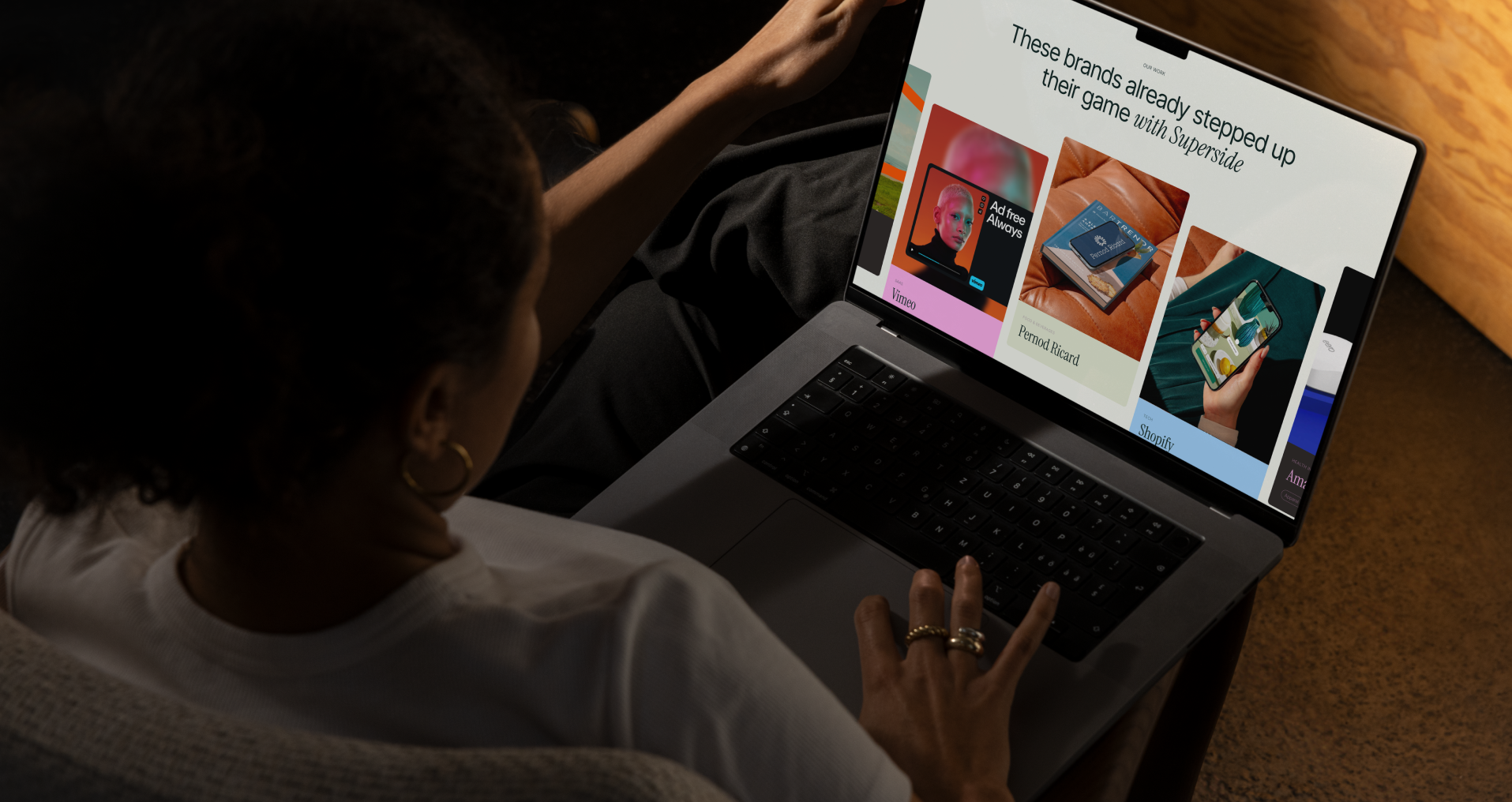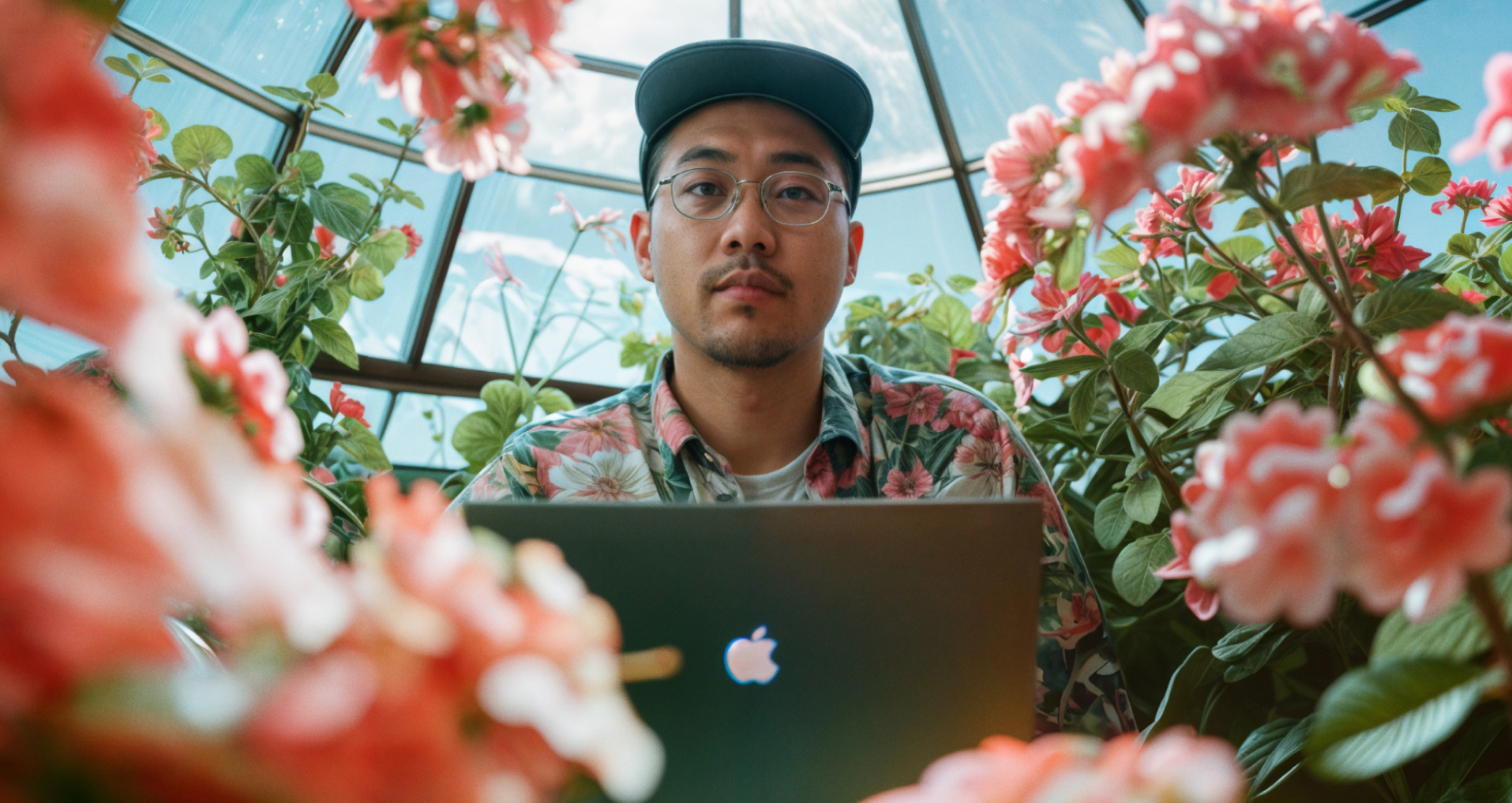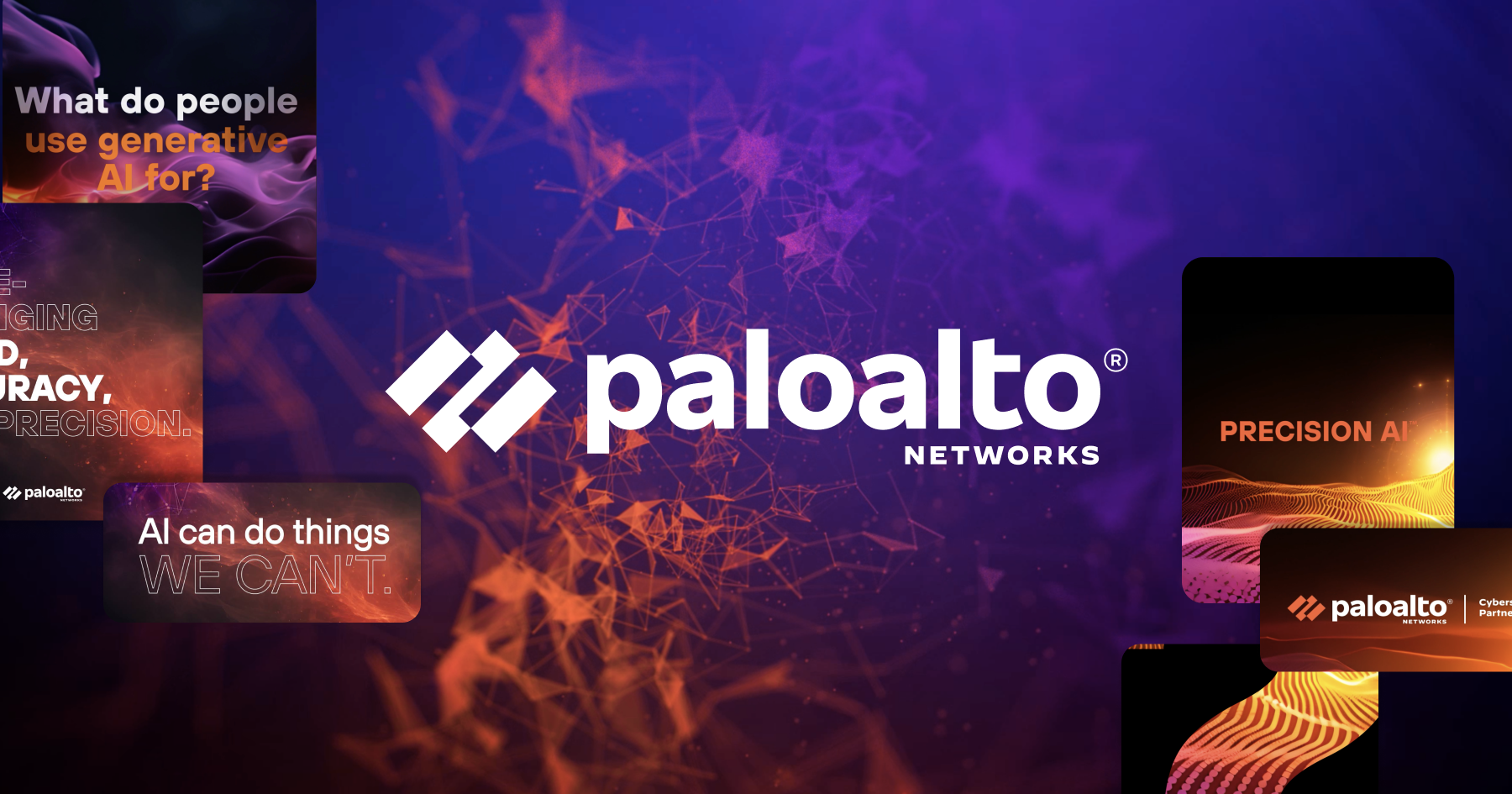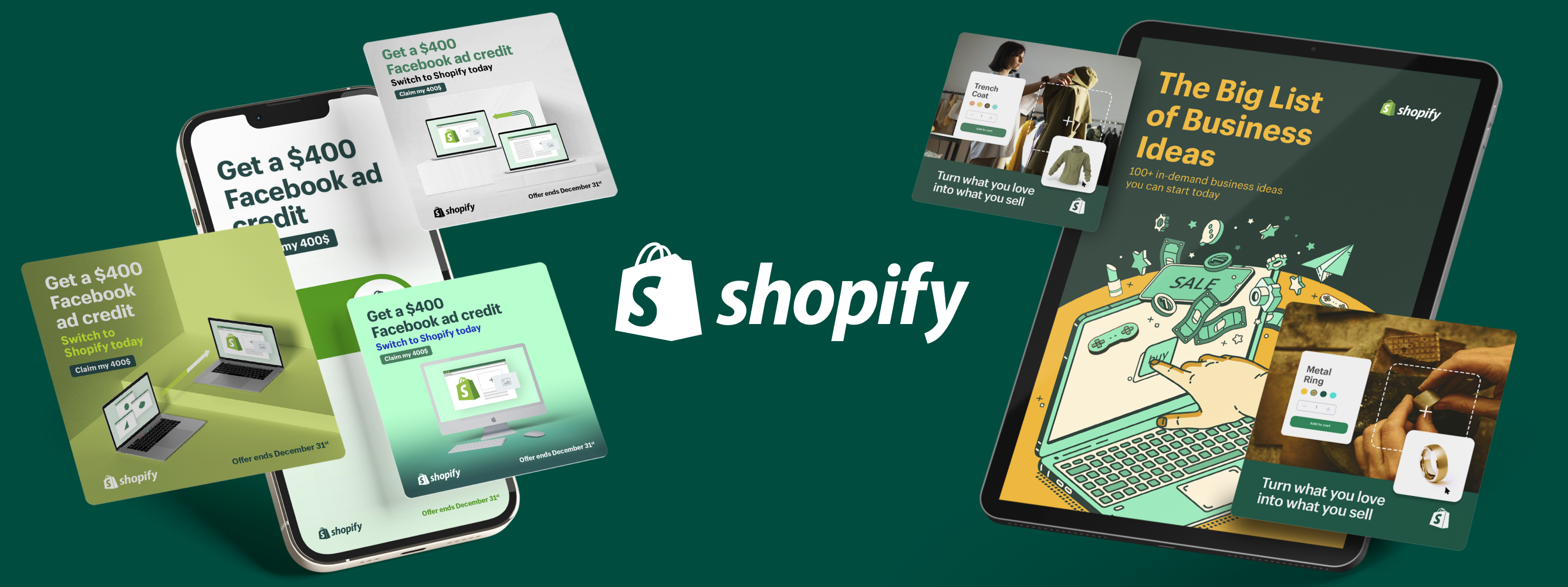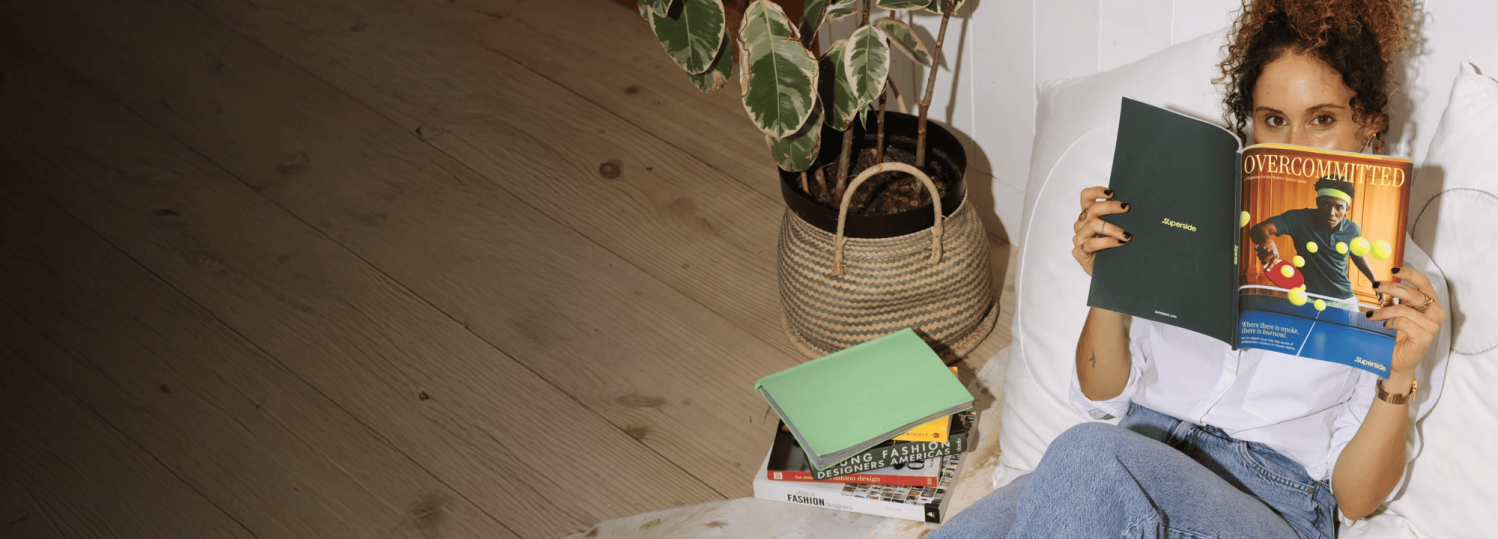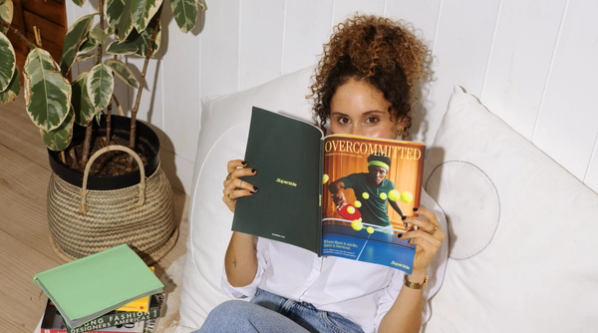Not Your Average Cybersecurity Playbook


Curious about how industry leaders like Palo Alto Networks are shaking up their socials? We sat down with Global Social Lead, Jacqui Morgan, to talk about how to make bold moves on social and what drives her success.
Jacqui Morgan is not just challenging the status quo in social media strategy—she’s redefining what’s possible for B2B brands. As the Global Social Lead at Palo Alto Networks, a global cybersecurity leader, Jacqui blends creativity, bold moves and a relentless drive for innovation to elevate her brand’s online presence.
We met with Jacqui at her Santa Clara office to hear all about her role, the challenges she’s faced and what makes her work shine.
Q: Running social media for a tech giant must be a wild ride. Can you tell us a little bit about yourself and what you do at Palo Alto Networks?
A: My name is Jacqui Morgan, and I’m the Global Social Lead at Palo Alto Networks. I oversee our social strategy, which includes creating and managing the incredible content you see across platforms like LinkedIn, Meta, and X. Our focus spans across all our products and thought leadership efforts. We have a lot of different channels. All of those channels require support, and all of those channels require creative, so we are constantly iterating and working with our teams to put out the best content possible across all different verticals.
Cybersecurity is a very important topic. It’s probably up there with death and taxes as non-negotiables in life. Everyone has a computer, everyone has a phone and everyone needs cybersecurity in some way. And so we have a very big responsibility to make sure that we're talking about this topic in a way that people will get and understand.
Q: Every job has its spark—that thing that keeps you inspired. What’s lighting your fire at work these days?
A: Top of mind right now is doing things differently and leaning into creativity as we tell the stories that really matter to protect digital ways of life. In B2B tech, especially cybersecurity, it’s easy to fall into repetitive messaging. My goal is to make our content stand out!
It's important because, while we are business to business, we're not business to boring, right? We need to make sure that we're telling our story and reaching our target audience in a way that will make them pay attention and remember us at the end of the day. And you really can't do that without the right messaging and creative.

Q: Every job comes with challenges, and moving to an in-house team is often a different ballgame altogether. What’s been the biggest challenge in your role?
A: Coming from an agency background, I had a big learning curve moving in-house. The pace was still fast, but the volume of work—ensuring every stakeholder and product had the best possible content—was challenging. Also, deadlines are tight! We’re big believers in doing things fast but doing them right. We're a pretty lean team and we’re able to do a lot, which is a huge testament internally, but we really do rely on our partners for that extra support.
Q: We all know creatives often have sleepless nights over their projects. When it comes to creative work, what keeps you tossing and turning?
A: Well, I am a Virgo, so I have a lot of anxiety and detail orientation when it comes to everything. I have this toxic trait of always pushing and always trying to do more and to do it better. It's proven very helpful in my life. At the end of the day, what keeps me up at night is asking myself, “Could I have done more? Could we have done it this way?” and almost second-guessing a bit. But then when I see the excitement and the community response to things we're able to create, it makes me able to fall back asleep.
We have this big undertaking of being the cybersecurity partner of choice and talking about cybersecurity is a huge, huge responsibility. We have been tasked with redeveloping and igniting this social strategy across all different verticals, all different platforms. That is no small feat. I needed help, making sure that every single stakeholder and every single product and every single piece of content that we were putting out was the best possible. And that's where Superside came in.
Q: Everyone was talking about your bold moves during the big San Francisco cybersecurity conference. Spill the details!
A: Definitely! This past May, there was a major cybersecurity conference in San Francisco, but we decided not to attend. Instead, we took over a nearby hotel and hosted exciting online and offline activities. We showcased our Precision AI offering, held an AI-focused executive event and even did a drone show over the city. We were really able to drum up excitement on social media and beyond through paid and other digital avenues to get people excited for our AI event.
Something our CMO said was really inspiring to me. “This conference is great, but at the end of the day, a huge percentage of attendees are other cybersecurity professionals. Instead of just marketing to the existing community, why don't we reach out to our actual target audience in a way that matters?” Now I constantly think about that perspective when we undertake anything across any digital execution.
We also launched our brand campaign during that conference. And with this brand campaign, we were able to reach people differently, in a way that made them sit up and pay attention. Now people understand what it is we do and who we are. It was definitely the highlight of my personal career, being a part of that large campaign this year.
Q: We can’t leave this interview without mentioning AI. How do you feel about AI in creative work?
A: I think it's a great tool for supporting teams and brainstorming. And to get to a concept potentially. But, as a cybersecurity company, we know that while AI offers incredible opportunity, it also comes with risk, so it's important to prioritize security. Making sure things are secure is of utmost importance. So I think AI is absolutely a tool that teams should be using. How they use it at the end of the day needs to be right for them and right for the organization and secured at the end.
Tess is a Senior Content Specialist at Superside, where she crafts compelling content for SMBs and enterprise businesses. With over 10 years of experience, Tess has honed her skills writing for both B2B and B2C audiences, working across agencies and in-house creative teams. Her expertise spans industries, including international relations, tech, hospitality, and the music industry, where she has a knack for blending storytelling with strategic insights. When she’s not busy writing, you’ll likely find her curled up with a good book, binge-watching the latest Netflix obsession or hiking.
You may also like these

The funny side of creative marketing
Between endless revision cycles, AI panic and marketing trends changing faster than we can say “metaverse,” burnout is real. But here’s the good news: there’s one thing that can help teams push through the chaos and creative clutter—humor.At Superside’s recent Overcommitted Virtual Summit, cartoonist and marketing legend Tom Fishburne reminded us that laughter isn’t just a coping mechanism—it’s a creative superpower. In this recap, we’ll break down the biggest insights from the session. (Plus a few marketing mishaps you definitely don’t want to repeat).The case for creative comedyHumor is everywhere and it only takes opening our eyes to find it in our day-to-day lives. Fishburne kicked things off with a story about his dishwasher breaking down. The screen flashed “FU” over and over again—turns out, that stood for “failed unit.” While hilarious in hindsight, it was also a perfect metaphor for how brands often get in their own way.Marketing and creative teams work tirelessly on campaigns, yet somehow, the final product can feel like a robotic, soulless mess. Why? Teams are too busy and we take ourselves too seriously.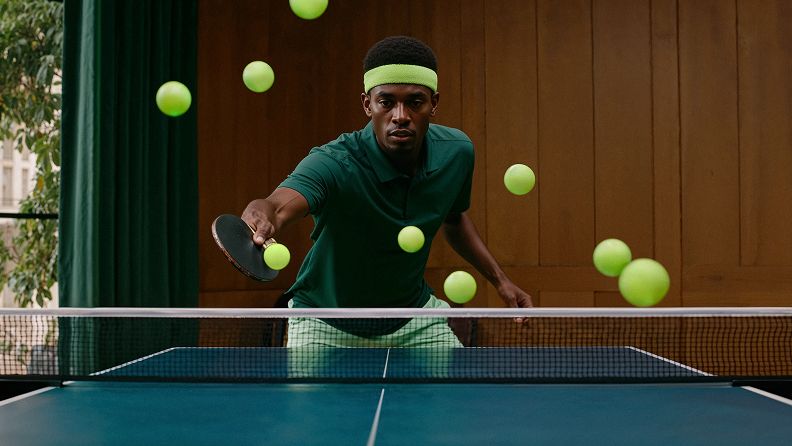
The new era of creative leadership
Sometimes, it can feel like burnout is the only constant for creatives. We’ve heard it from creative teams over and over again, from small brands to global powerhouses. There is a seemingly never-ending list of assets that need to be built and campaign deadline after campaign deadline.Not only that, but almost every project is critical. When we spoke to 200+ creative leaders about the issues affecting their teams for Overcommitted: The State of In-house Creative Teams in 2025 report, they shared that 55% of their projects were marked “high priority”.When everything is important, how do you manage business demands while helping your team maintain their creative integrity (and not burnout)?We went to one of the experts to find out. James Hurst, former creative director at Tinder, joined us for our Overcommitted Virtual Summit to share his experience in prioritizing what matters, culture-building, risk-taking and his thoughts on the role of artificial intelligence (AI) in creativity.1. Stop creative burnout
Wonder & rigor: Creative frameworks for burnout
We’ve all been there—staring at looming deadlines, feeling uninspired and wondering where the energy for big ideas went. Creativity isn’t just about generating fresh ideas—it’s about keeping the spark alive in a fast-moving world.If you’re feeling stuck in the grind—caught in back-to-back meetings, swamped with admin work or just lacking time for meaningful creative thinking—you’re not alone.What if we could work differently instead of just working harder?At the Overcommitted Virtual Summit, Dr. Natalie Nixon introduced the WonderRigor™ Framework, a refreshing approach to balancing imagination and execution. It’s not about piling on more work—it’s about bringing back the energy, excitement and curiosity that make work fulfilling.If you’re ready to shake up your routine, rediscover creative flow and bring more meaning to your work, this creative framework can help.
